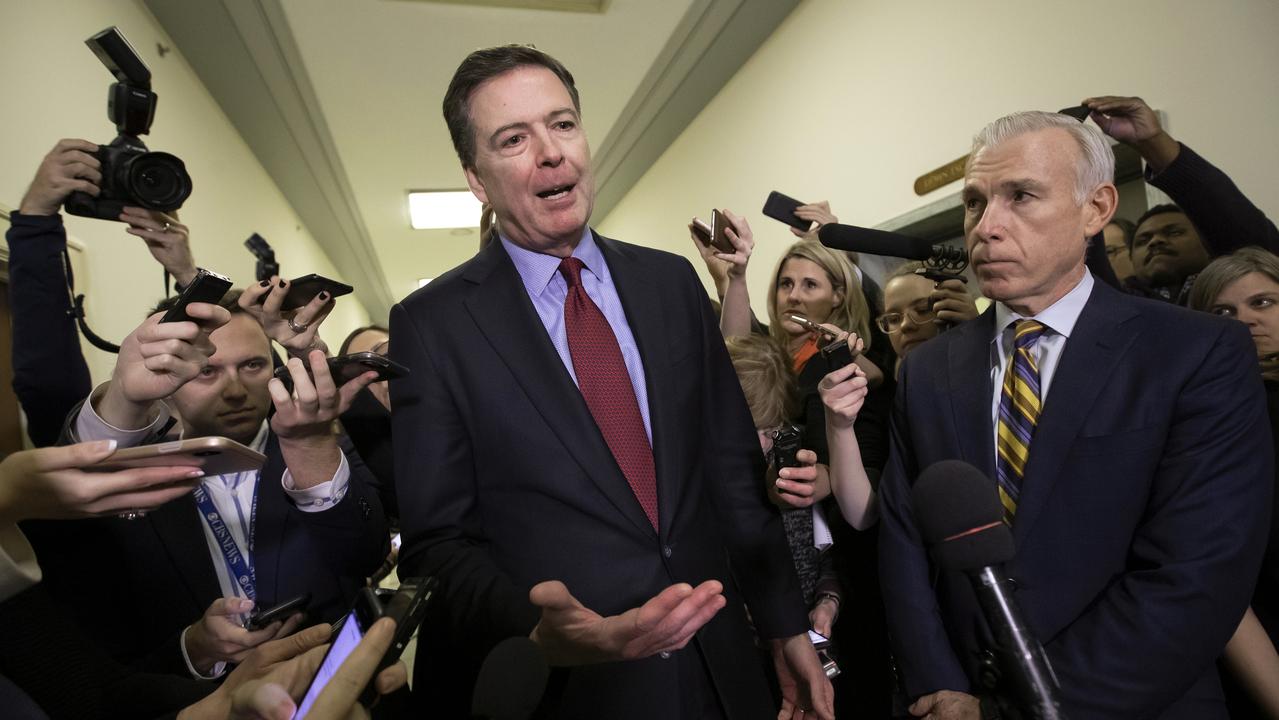Real conservatives do not wear rose-coloured glasses
Those on the right of politics, and many on the left, might not belong to the affiliation they claim.

The term conservative has been hijacked by right-of-centre activists who, frankly, do not qualify for its ideological camp. The worst part about this is the profoundly adverse effect it is having on the broader right’s capacity to win political arguments and convince mainstream voters of the merits of their ideological positioning.
“Liberals” aren’t much better, but their failure is generally a lack of policy courage rather than ideological understanding. Liberalism also needs to decouple itself from neo-liberalism, but that’s a complicated topic for another day.
Conservatism is a worthy world view. The concept of defending institutions and pressure-testing ideas before change is adopted can be prudent. Equally, liberalism is a valuable ideological construct. Embracing the importance and the value of the market, alongside the usefulness of protecting liberties and personal freedoms, is something Australia needs.
But these traditional (and sometimes contradictory) twin pillars of right-wing thinking in this country are under threat, internally and (as always) externally. The new internal threats are coming from those who claim to defend one or both principles when they in fact trash them.
Being a nostalgist doesn’t make someone any more conservative than does showing reactionary tendencies. As for defending liberalism, that has become a virtual myth within the Liberal Party. The term is too hard for the present generation of politicians to pursue in any meaningful way. At best, the few true conservatives — such as Mathias Cormann — who continue to do so do it incrementally, via moderate tax reforms that assist with our economic fundamentals. But that’s a traditional conservative approach.
More broadly, we see divisions on the right because false “conservatives” and false “liberals” are dominating parliamentary and commentary ranks. It leaves the Labor Party, which is fighting its own ideological demons, to draw on its tribal underpinnings to stay somewhat cohesive and thus dominate the debate over what the policy settings should look like that we as a nation embrace.
Equally, the broadly left-wing commentariat is mostly tribal in opposing the various forms of right-wing ideological thinking that pervade in an ad hoc way, strengthening the attacks with cohesiveness.
Let’s be clear: mounting right-of-centre arguments without slipping into populist positioning is hard in a democratic polity. Cuts to the budget for the sake of fiscal discipline aren’t usually popular. The Senate makes them hard to legislate. Tax reform to boost productivity and curtail duplication is a difficult case to make. Finding efficiencies when it comes to spending is easily painted by opponents as simply cutting services. Giving big businesses tax cuts to reduce a flight of capital overseas is a complicated case to mount when your opponents claim doing so is little more than “rewarding the big end of town”.
Spending money is invariably more popular than saving it, and we haven’t even got to the difficulties linked to defending aspects of social conservatism. Younger voters jump at change for change’s sake because it’s dynamic. Republicanism feeds off this, for example. Symbolic debates about change, or those rooted in social rather than economic foundations, are more easily argued for.
But a conservative wants to test whether change will lead to better outcomes before necessarily moving in that direction. Being resistant to apparently popular changes can look out of touch. The distorting form of social conservatism that is more popular (at least in the short term) is acting like a reactionary. But that isn’t traditional conservatism. A reactionary simply seeks to prevent change no matter what, if doing so plays to a narrow base or affords them the opportunity to mount a counter political argument. A true conservative has an open mind and can be convinced of the case for change, especially if incremental change preserves the institutional framework. That’s conservatism Edmund Burke-style.
Being a nostalgist isn’t being conservative either. It’s a rose-coloured-glasses assessment of past practices. Nostalgists incorrectly define themselves as social conservatives because they oppose same-sex marriage and support traditional — and increasingly outdated — concepts such as allocated family roles for men and women. It is possible for true social conservatives to draw similar conclusions, but it’s the process by which they arrive at such positions that distinguishes them from nostalgists.
For example, if the concern with same-sex marriage is that evidence genuinely suggests it will lead to a breakdown in the concept of marriage, weakening the institution, a social conservative legitimately could want to slow down (or prevent) progress towards such a shift.
However, too often we see this argument used by nostalgists who really just like the old-fashioned way society was. Not as evidence-based but via the use of rose-coloured glasses. Equally, religious fundamentalists may oppose changes that go against their doctrinal views, but that’s not necessarily conservative either.
A growing cohort of older white men feel nostalgic about the way society once was because they think back to the outcomes from a time when processes advantaged them. Self-interest is always a more powerful political motivator than people realise or want to admit. Pandering to this subset of society isn’t something a true conservative should do because they need to be aware of the potentially divisive consequences of taking such a nostalgic world view.
Virtue-signalling is a condition that infiltrates the right every bit as much as the left.
Historically, women were more marginalised than they are today and different ethnic groups didn’t always stand up the way they now do. Wanting a return to past practices is at best nostalgic (it’s not worth thinking about the worst ideological elements that can want such a return to the bad old days).
Opposing gender quotas that overcome discrimination and instil merit, for example, is not necessarily socially conservative thinking. Worrying that there could be unintended consequences that flow from opening the door to a quota system can represent conservative thinking.
This is why reactionary and nostalgic activists misunderstand Jordan Peterson’s opposition to quotas. They should read his book rather than simply listen to the odd interview he has given with polemic commentators on the left and right.
Another problem with misusing the terms mentioned above is the contradictory implications when doing so. For example, a social conservative who professes to also be a market liberal is a walking contradiction.
How is it possible to be socially conservative (in the way the term is used and misused) and also support cuts to penalty rates and the like that normalise weekend work, thereby eroding traditional family time? The answer is that it’s a difficult balancing act beyond the capacity of most who try today.
These days most politicians are first and foremost pragmatists — in government trying to achieve what they modestly can, in opposition trying to unpick what they opportunistically can. Their respective purposes are simple: do some things while staying in power and do what one must to get into power in the first place. It’s all pretty uninspiring.
The more dangerous downgrading of modern politics comes from the distortions of ideological thinking. Such distortions are hurting the right more than the left at the moment.
Peter van Onselen is a professor at the University of Western Australia and Griffith University.



To join the conversation, please log in. Don't have an account? Register
Join the conversation, you are commenting as Logout